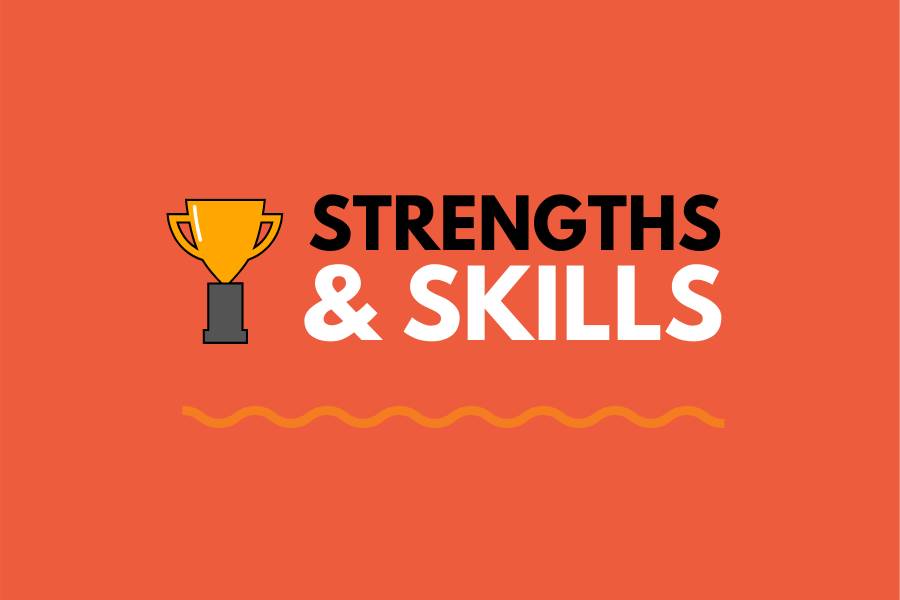
How to Build an Impressive Portfolio Without a Degree
In today’s dynamic job market, the traditional path of acquiring a degree is no longer the sole gateway to a successful career. With the rise of self-learning and online resources, many individuals are carving out impressive careers without formal education. Whether you’re a budding graphic designer, software developer, or an aspiring writer, building a robust portfolio can be your ticket to demonstrating your skills and expertise. This blog will delve into self-taught portfolio tips and guide you on how to showcase skills without college. By the end, you’ll understand the best ways to prove expertise and stand out to potential employers or clients.
Key Benefits
The Changing Landscape of Employment
The employment landscape has evolved significantly over the past few decades. Employers are increasingly valuing skills and experience over formal qualifications. According to a UK Commission for Employment and Skills report, nearly half of all jobs in the UK require a higher skill level than in the past. This shift underscores the importance of showcasing your abilities, regardless of your educational background.
Real-Life Applications
Consider the tech industry, where many successful professionals are self-taught. For example:
- Elon Musk and Steve Jobs famously dropped out of college yet went on to revolutionise entire industries.
- Successful freelancers and entrepreneurs regularly land high-profile gigs by showcasing their skills through strong portfolios, regardless of their educational credentials.
Their success stories highlight the potential of self-learning and the importance of a strong portfolio. By effectively showcasing your skills, you can open doors to opportunities that might have seemed out of reach.
Step-by-Step Guide / Actionable Insights

1. Identify Your Skills and Strengths
Assess Your Abilities
Begin by conducting a thorough self-assessment of your skills. Ask yourself:
- What are you naturally good at?
- What have you learned through self-study or practical experience?
- Which areas of expertise do you want to highlight?
Make a list of these skills and consider how they align with the industry you’re targeting.
Align Skills with Industry Needs
Research the industry you wish to enter and identify the skills that are in demand. Use platforms like LinkedIn and industry-specific forums to explore the qualifications and skills employers seek.
- Example: If you want to become a web developer, highlight skills in HTML, CSS, JavaScript, and GitHub.
- For a writer, showcase your ability to create engaging content, SEO knowledge, and content marketing strategies.
Align your strengths with industry requirements to ensure your portfolio is relevant and compelling.
2. Create a Portfolio Structure
Choose the Right Format
Decide on the format of your portfolio:
- Personal Website: Ideal for tech, creative, and writing professionals. It offers full creative control.
- PDF or Digital Presentation: Suitable for freelancers or consultants looking to share their portfolio as an attachment.
- Online Platforms: Platforms like Behance, GitHub, or Dribbble are excellent for creative professionals, while GitHub works well for developers.
Choose the format that best showcases your work and is easily accessible to your target audience.
Organise Your Work
Structure your portfolio logically:
- Introduction: A brief overview of who you are, your skills, and your areas of expertise.
- Projects or Samples: Showcase your best work, including detailed descriptions of your role, challenges, and solutions.
- Testimonials or Reviews: If possible, include feedback from clients or collaborators.
- Contact Information: Make it easy for potential employers or clients to reach you.
3. Curate Your Best Work
Quality Over Quantity
When selecting pieces for your portfolio:
- Prioritise quality over quantity.
- Choose works that best demonstrate your skills and align with the type of work you want to pursue.
- It’s better to have 5-6 outstanding pieces than 15 mediocre ones.
Showcase a Range of Skills
While it’s important to focus on your strengths, include pieces that demonstrate a range of abilities.
- Example: A graphic designer could showcase branding projects, web design, and print materials.
- A developer could include front-end, back-end, and full-stack projects.
This variety highlights your versatility and adaptability.
4. Highlight Real-World Projects
Volunteer and Freelance Work
If you’re starting without formal job experience:
- Take on volunteer or freelance projects to build your portfolio.
- Use platforms like Fiverr, Upwork, or Freelancer to find short-term gigs.
- Consider non-profit organisations that may need free creative or technical assistance.
These projects provide real-world experience and strengthen your portfolio.
Personal Projects
Don’t underestimate the power of personal projects:
- Create projects that solve real-world problems.
- Showcase your creativity and initiative by working on passion projects.
- Example: A coder could create a small app or website to showcase their skills.
- A writer could maintain a blog or contribute to online publications.
Personal projects demonstrate your initiative and self-motivation, valuable traits in any industry.
Additional Expert Tips & Common Mistakes to Avoid
Expert Tips
1. Keep It Updated
- An outdated portfolio can give the impression that you are no longer active.
- Regularly update your portfolio with new work.
- Remove older pieces that no longer represent your current skill level.
2. Seek Feedback
- Before finalising your portfolio, seek feedback from peers or mentors.
- Constructive criticism can provide valuable insights and help you refine your presentation.
Common Mistakes to Avoid
1. Overloading with Information
- Avoid overwhelming viewers with too much content.
- Keep descriptions concise and focused on the most relevant details.
2. Neglecting Presentation
- Your portfolio’s presentation matters as much as the content itself.
- Ensure your portfolio is:
- Visually appealing
- Easy to navigate
- Free of spelling or grammar errors
A well-presented portfolio reflects professionalism and attention to detail.
Advanced Insights / Expert Recommendations

Leverage Social Media
- Use platforms like LinkedIn, Instagram, and Twitter to showcase your portfolio.
- Share your work regularly, engage with industry professionals, and build your online presence.
- Many recruiters search for talent on social media, making it an excellent platform for exposure.
Network with Industry Professionals
- Attend industry events, webinars, and conferences.
- Join professional groups and forums.
- Networking can lead to valuable opportunities and collaborations.
Include Case Studies or Testimonials
- Incorporate detailed case studies that describe:
- The problem or challenge.
- The solution you implemented.
- The results and impact.
- Client testimonials add credibility and demonstrate your value.
How to Build an Impressive Portfolio Without a Degree
You can build an impressive portfolio without a degree. It’s becoming more common in today’s skills-focused job market. Focusing on your strengths and curating quality work helps you showcase your skills. Presenting it well can open doors to new opportunities.
Remember, your portfolio is a reflection of your journey and potential. Keep it updated, seek feedback, and continuously strive for improvement. As you start this journey, think about the unique value you can provide. Also, consider how to use your skills to create a real impact in your field.
What steps will you take today to build your portfolio and advance your career?